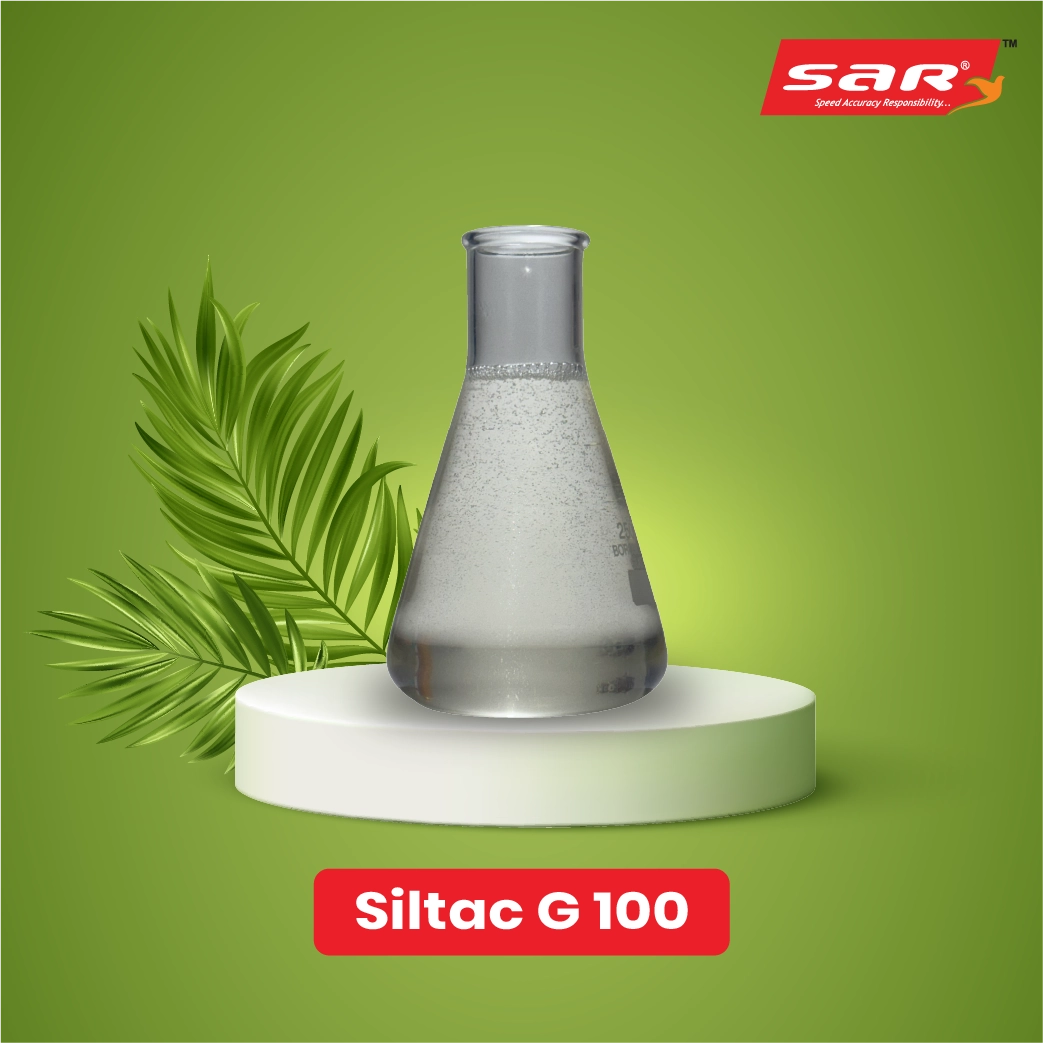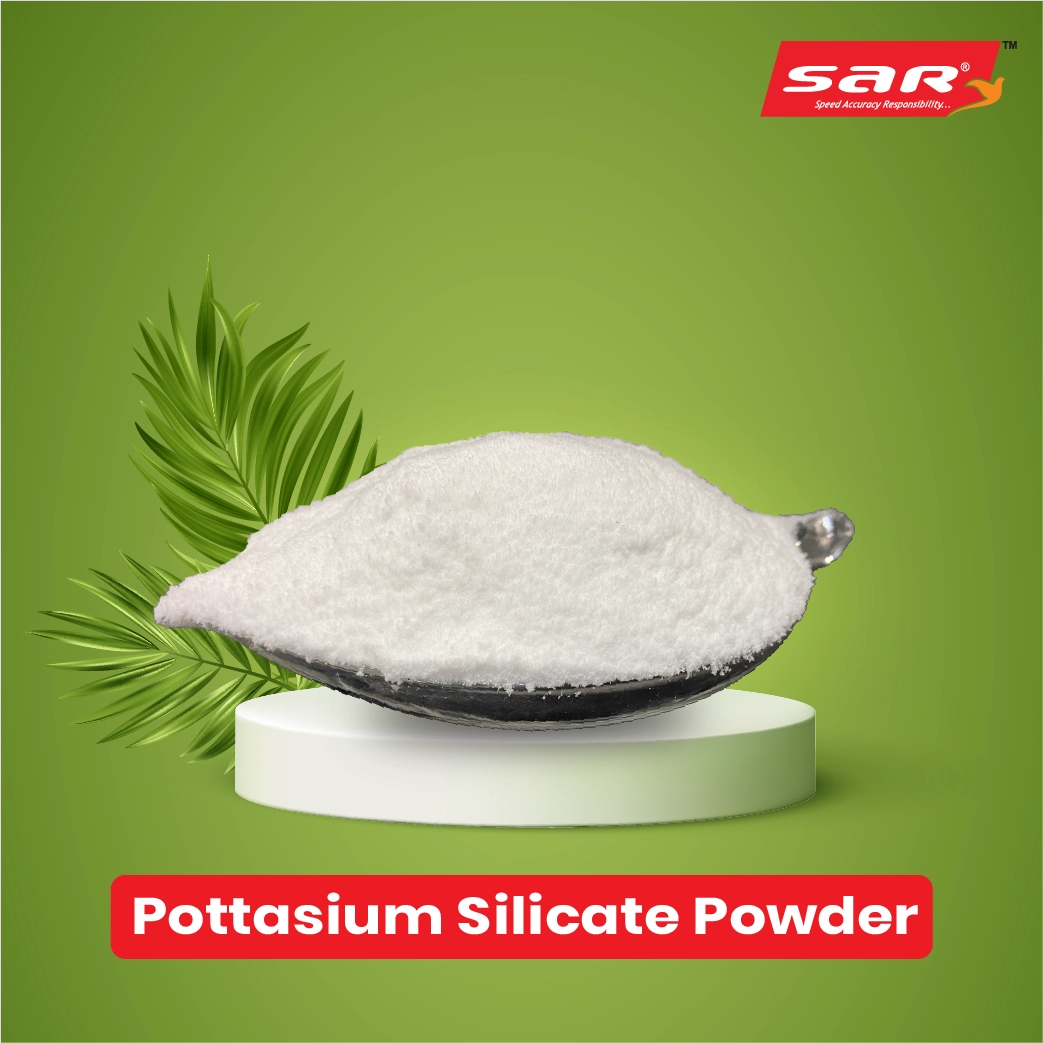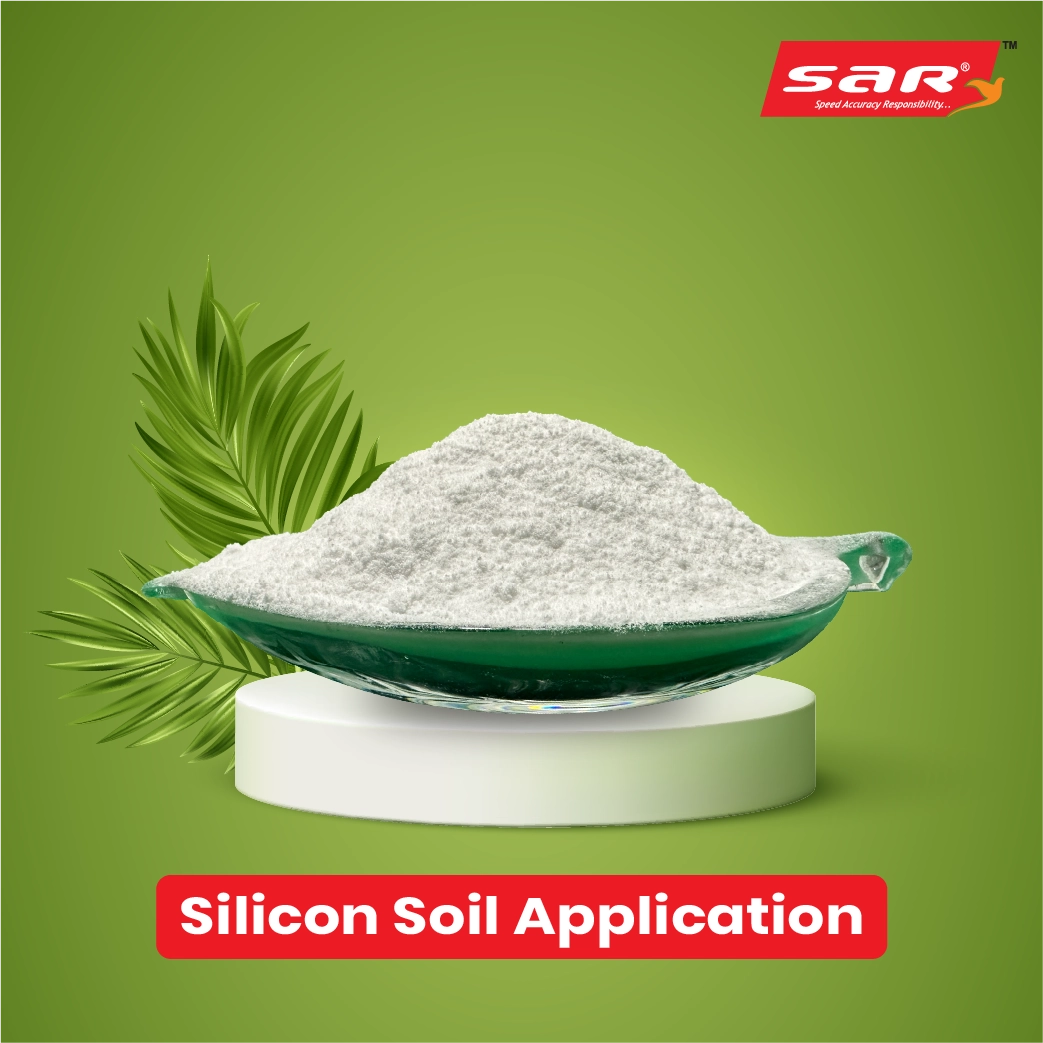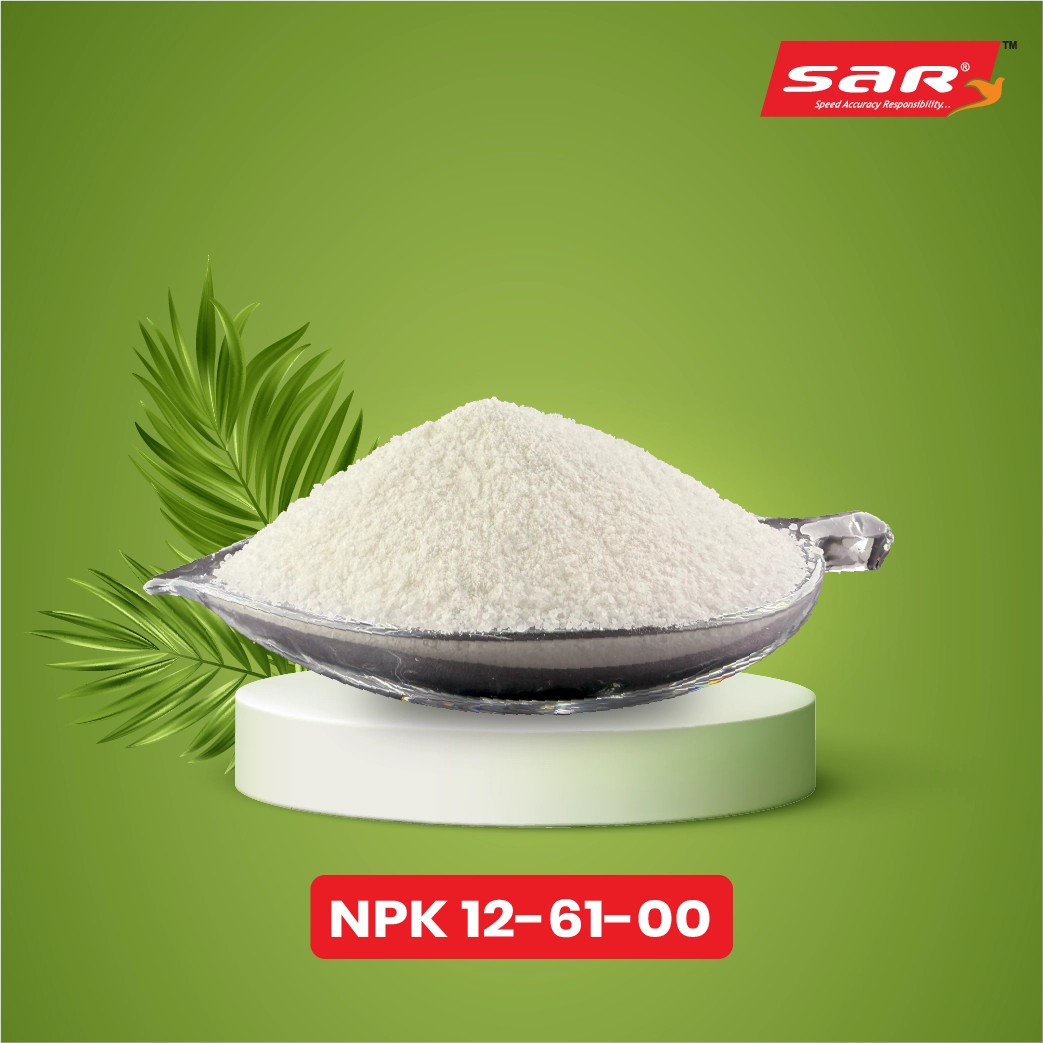 Name Name |
Zinc (Zn) + Boron (B)
|
 Description Description |
This is a micronutrient supplement designed for agriculture and horticulture, which provides the essential elements for plants Zinc (Zn) + Boron (B). The purpose of fruits is to fix the shortcomings of these two major nutrients, which are often together in different soil types. The synergy between zinc and boron increases their personal effectiveness in promoting the health, growth and reproductive functions of the plant.
|
 Specification Specification |
- Physical form : Normally Crystalline compound, Granular Chemicals or Liquid Suspension / Solution.
- Guaranteed Analysis: Zinc (Zn): Chelated, sulfate or oxide. These concentrations can range from 5% all the way up to 20% or more.
- Boron (B): Found generally as Borax (sodium tetraborate) and Boric Acid. Concentration is generally 1 – 5 %
- Other Ingredients: In liquid formulations, colorants may contain chelating agents (e.g., EDTA), dispersants, sticking agents etc.
- Solubility: These formulations so that they can be easily applied on planyts as a foliar spray or in irrigation water and are soluble in water.
- pH: The pH of the product or solution can also vary with the specific chemical forms of zinc and boron employed.
|
 Benefits Benefits |
- Stimulated Plant Metabolism: Zinc is part of several enzymes and also helps manufacture chlorophyll, protein meaningfulness and carbohydrate metabolism. Key functions of Boron-Participation in cell wall formation, sugar transport & hormone regulation —
- Enhanced Reproductive Health: Both macro and micro-nutrients are essential for flower and fruit formation. Zinc is also essential for pollen formation and fertilization, whereas boron helps in pollen tube growth and seed set.
- Improved Crop Yield and Quality: The combination prevents deficiencies that could negatively impact growth and quality, producing big yields. For instance, zinc can affect grain size and quality and boron the firmness of fruits and its sugar content.
- Synergistic Effect: Boron helps better the uptake and utilization of zinc in the plant and vice versa. The resulting synergy of this relationship makes the individual nutrients function more efficiently when used together than they would (when) be used separately.
- Environmental Stresses: Optimum use of zinc and boron must be taken serious to fabIe plants to able tolerant well endurance in term of stress environmental such drought or pathogenics.
|
 Application Application |
- Method: Zinc (Zn) + Boron (B) Can be applied as foliar spray, soil drench or through fertigation systems (drip irrigation, sprinklers).
- Crops: May be used on a variety of crops, including field (corn, soybeans, wheat), vegetable (tomatoes, potatoes, leafy greens), fruit (citrus, grapes apples) and ornamentals.
- Use: This is most often used as a corrective measure where zinc and boron deficiencies are expected to occur or used in standard maintenance programs for areas with common deficiencies.
|
 Time Time |
- Application Timing of Zinc (Zn) + Boron (B): The right window for applying this product is dependant on the growth stage of the crop.
- Vegetative State: This is often used for foliar application to assist the overall plant development stage of vegetative growth.
- Reproductive Stage: It is recommended to spray of Zinc (Zn) + Boron (B) before flowering (very early stages) or at the beginning of fruit setting for pollination and fertilization to happen properly as well as a normal fruit growth.
- Frequency Rate: Either one or more application to correct a deficiency, or as a low-rate multiple application during the growing season (based on tissue analysis) for an overall program.
|
 Precaution Precaution |
- Read the Label: Always follow the manufacturer’s instructions for application rates of Zinc (Zn) + Boron (B) and methods. Over-application of boron can be toxic to plants.
- Compatibility: Perform a jar test to check for compatibility before mixing with other fertilizers, pesticides, or chemicals.
- Safety: Wear appropriate personal protective equipment (PPE) such as gloves and eye protection when handling the product. Avoid inhalation of dust or spray mist.
- Soil and Plant Testing: It is highly recommended to conduct soil and/or plant tissue analysis to confirm deficiencies before applying, as this prevents unnecessary application and potential toxicity.
- Storage: Store Zinc (Zn) + Boron (B) in a cool, dry place, away from direct sunlight and moisture. Keep out of reach of children and pets.
|
 Shelf Life Shelf Life |
Varies depending on the formulation. Crystalline or granular products can have a shelf life of 2-5 years when stored correctly. Liquid formulations may have a shorter shelf life, typically 1-2 years. |
 Packaging Packaging |
- 25 kg crafted bag with liner
- Customizable as per client/manufacturer/trader requirement containers).
|
 Note Note |
Disclaimer – This post contains general information only and does not constitute professional advice. Always read the product label for complete directions, application rates, safety precautions, and storage information. |
 Name
Name Description
Description Specification
Specification Benefits
Benefits Application
Application Time
Time Precaution
Precaution Shelf Life
Shelf Life Packaging
Packaging Note
Note



